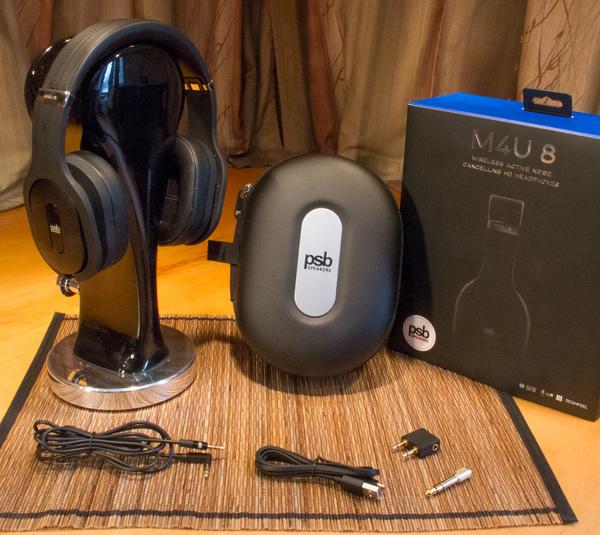| Columns Retired Columns & Blogs |
I'm very hard on my headphones. I had PSB's earlier generation (of this model of headphones). They had a fantastic sound. Unfortunately, they were plagued by cables & drivers that shorted out. I might have simply had a lemon. I have a big head and that stressed out the PSB's plastic headband (cracks developed). Still, I'd recommend interested parties to try these units out. They were my 2nd pair of mid-priced headphones ever. In retrospect, I don't regret experiencing the product.






































